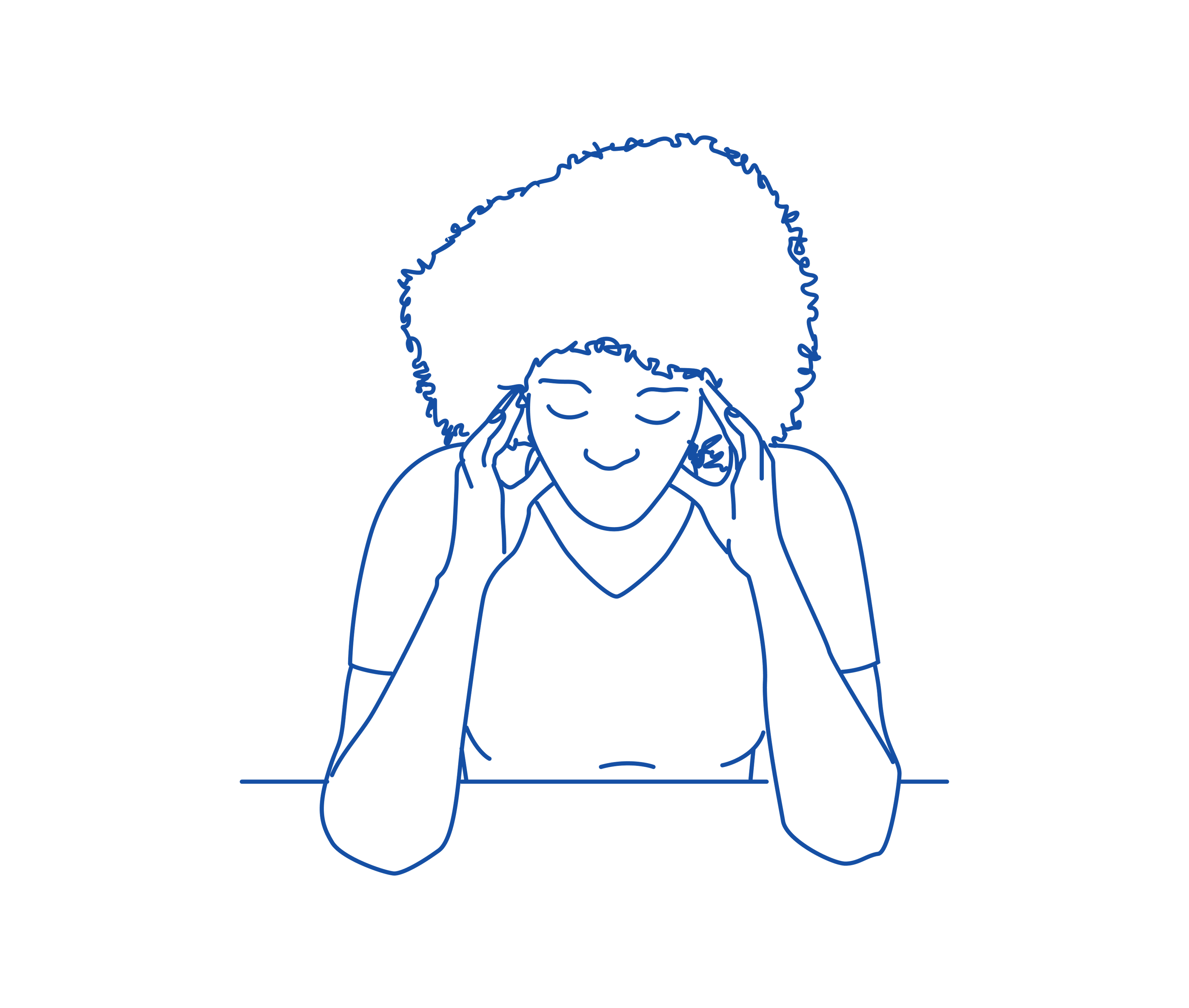
What is migraine?
Migraine is characterized by recurrent pulsating headaches, often alongside other symptoms such as sensitivity to light, nausea, and vomiting.
Migraine can often, but not always, be distinguished from other headaches. Migraine attacks can last up to 72 hours. Characteristic of migraine is recurrent pulsating headache, often accompanied by sensitivity to light, nausea, and vomiting.
Some individuals experience specific sensory symptoms during an attack. These may include visual phenomena, tingling in the hands and feet, or difficulty speaking. These symptoms typically resolve on their own and are called aura.
Migraine is a neurological disorder. The exact cause of migraine is not fully understood, but the pain may result from the expansion of blood vessels in parts of the brain. Although it can be uncomfortable, migraine is not dangerous. Migraine is relatively common, with 1 in 5 people experiencing migraine attacks in their lifetime.
Symptom picture
- Pulsating, unilateral headache
- Nausea and vomiting
- Photophobia
- Sensitivity to sound
- Aura can, for example, manifest as visual field loss, seeing flashing lights, experiencing tinnitus, feeling numbness in the body, or having difficulty speaking.
What is aura?
Aura refers to transient neurological symptoms that occur in connection with a migraine attack.
Aura does not occur with regular headaches but can accompany migraines. You can also experience migraines without aura.
Aura typically develops within minutes and can last up to an hour. The symptoms usually resolve on their own.
Aura symptoms may include:
- Visual phenomena, such as flashes of light or flickering
- Tingling or numbness, especially in the hands and feet
- Difficulty moving a body part
- Difficulty speaking
- Loss of balance Sudden dizziness, tinnitus, double vision, or decreased hearing
Aura symptoms can be frightening and uncomfortable, but they are not dangerous.

